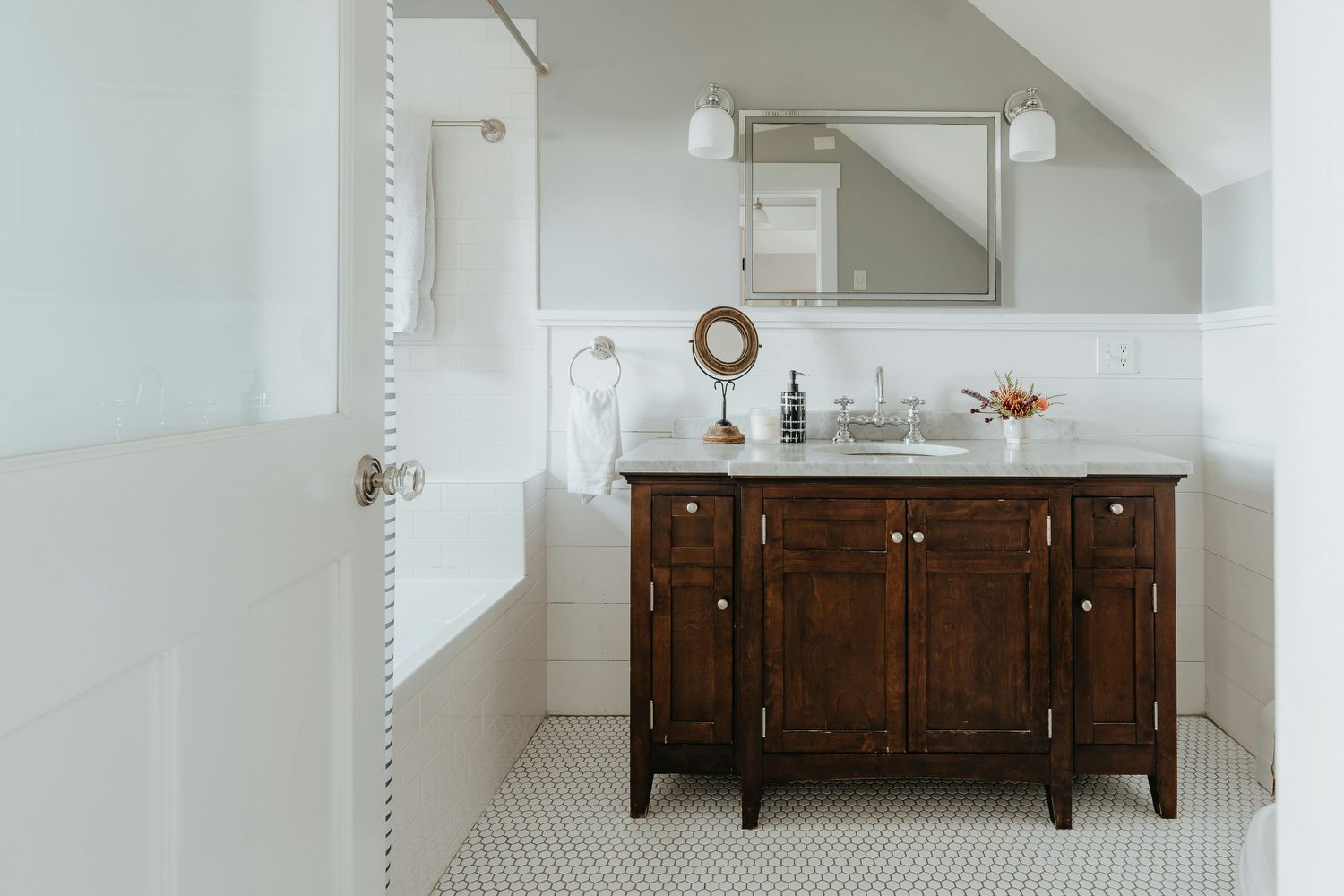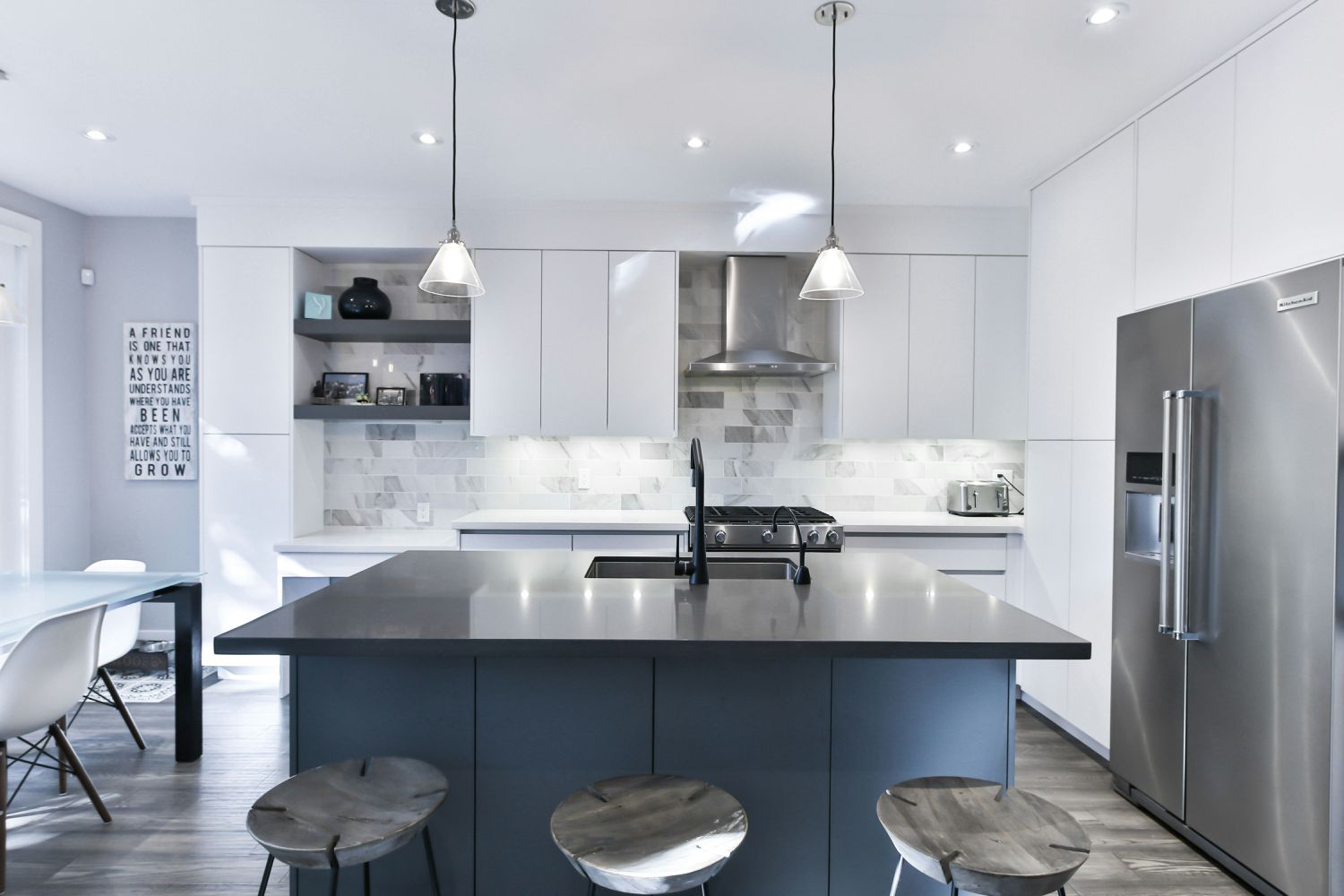Act as a native French speaker and an expert in Home Decoration, who speaks and writes fluently in French. Translate the article below into French. Make sure the translation is linguistically accurate, and conveying the meaning, facts and figures of the original text. Ensure the content is engaging and culturally appropriate for French readers. Don’t talk about Yourself or Your Experience. Don’t Self-reference. Don’t explain what you are doing. The article to translate:
Lighting isn’t always the most intuitive part of decorating a room. But when you do it well, the whole atmosphere can change—it can even boost your home’s value.
That said, mistakes are often made on the road to achieving ideal lighting—whether it’s the wrong color of bulb or a lampshade that’s three sizes too big.
Fortunately, that’s why we have experts who can help us avoid disappointing results. Up ahead, several designers share the biggest lighting mistakes they see in homes and offer advice for preventing and fixing them.
Poorly-Proportioned Pendants
Pendants and chandeliers hanging at the wrong heights and of the wrong proportions is something Keri Lainas, owner and principal designer at Keri Michelle Interiors, says she sees this all too often.
Whether it’s over an island or a table, Lainas says you should always measure to ensure your lighting is installed to be balanced and symmetrical.
For the average 8-foot ceiling, hang your dining room chandelier about 30 to 36 inches from the table. This final height might differ depending on how high your ceiling is and the table style you’ve chosen.
Want more design inspiration? Sign up for our free daily newsletter for the latest decor ideas, designer tips, and more!
Sconce Lights for Vanities

Clay Banks / Unsplash
Sconces may look beautiful mounted on a wall, but they’re not a great design choice for vanities.
“Sconces provide downlight but not forward light, so applying makeup and seeing your face with good light feels shadowy,” Lainas says.
If you have already picked out a set of sconces you love too much to keep off the bathroom walls, Lainas recommends adding an overhead light. This way, you won’t have to compromise style or functionality.
Reliance on Recessed Lights
While they’re great at shedding light evenly in a room, recessed lights aren’t always the best for promoting a comfortable, cozy atmosphere.
There’s a reason the “big light” is no longer beloved, and the bright glare they produce makes it hard to relax and fully enjoy a room.
This fact has led Paulina Hospod, president of design-build firm Aha Interiors, to always select other lighting options first.
Design Tip
Hospod knows recessed lights aren’t always completely avoidable. In those instances, she chooses styles that reflect light up first to cut back on any glare and diffuse harsh beams of light.
One Level of Light for Everything

Lotus Design N Print / Unsplash
Bright lights in a room are useful for some activities, but if that’s the sole level of lighting your room has, it can be irritating.
Hospod usually installs dimmers in her clients’ homes so they can create different settings based on whether they are cooking, entertaining, or watching TV.
Lainas agrees, noting that a dimmer is essential. You have control of brightness and can set the mood in your space, which is helpful in nearly every room.
The Wrong Lampshade Size
If a lamp or two in your home looks off, it may not be the light color or placement, but the shade itself—this is another mistake Lainas sees in many homes.
The first step to getting the size right is to measure and check your desired lamp location’s dimensions. “A lamp with a shade that is too large won’t fit, and a too-small shade can also look funny,” she explains.
There is a helpful guideline to lean on when you’re sourcing lampshades. Follow this advice and you’ll nail your shade selection.
- The diameter of the shade should be about twice the size of the lamp base diameter.
- There is also a rule of thumb for height: aim for a shade at least 1/3 the height of the lamp base.
The Bulb Color Doesn’t Match the Overall Scheme
Eddie Rider of Eddie Rider Designs says one of the biggest lighting mistakes he sees is clashing bulb colors, which may be something you haven’t ever considered.
This could either be that the light color of the bulb doesn’t match the room’s surrounding color palette, or that the colors of light coming from different sources don’t match.
“Find one color tone and stick with it,” he says.




